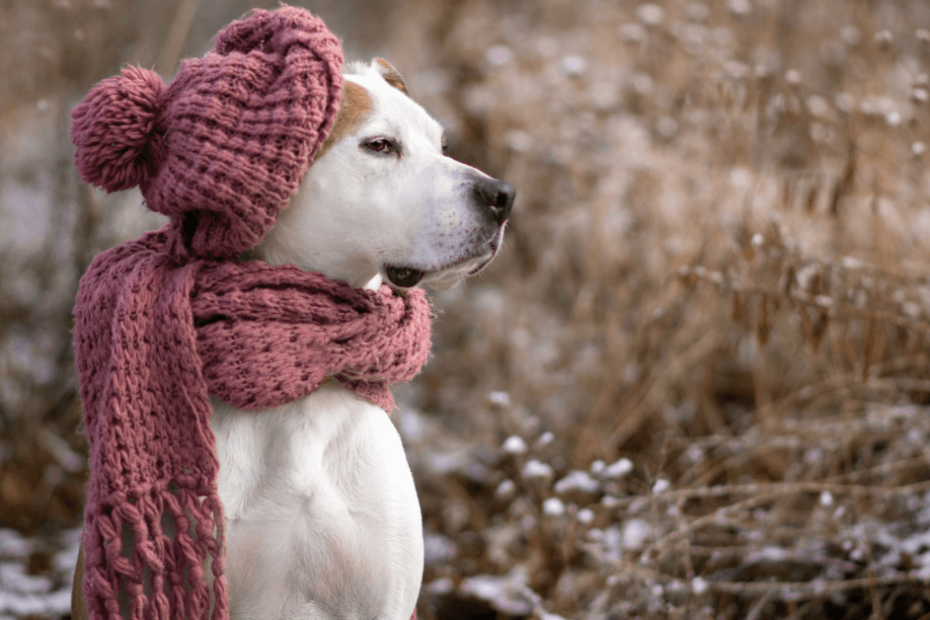As bitter cold sweeps across the country, it is important to keep our furry friends safe and warm.
The American Red Cross recommends taking certain precautions to ensure the safety of pets during cold weather.
Here are some steps pet owners can take to keep their pets safe during chilly weather:
Affiliate disclosure: As an Amazon Associate, I may earn commissions from Amazon.com.
Bring your pets inside during cold weather
It is crucial to keep animals inside during cold weather.
If pets are left outdoors, they can freeze, become disoriented, lost, stolen, injured or killed.
In addition, do not leave pets alone in a car during cold weather, as cars can act as refrigerators that hold in the cold and cause animals to freeze to death.
If pets cannot come indoors, make sure they are protected by a dry, draft-free enclosure large enough to allow them to sit and lie down, but small enough to hold in the pet’s body heat.
Raise the floor a few inches off the ground and cover it with cedar shavings or straw.
Turn the enclosure away from the wind and cover the doorway with waterproof burlap or heavy plastic.
If the animals are outside, make sure their access to food and water is not blocked by snow drifts, ice, or other obstacles.
Protect their paws
Salt and other chemicals used to melt snow and ice can irritate a pet’s paws.
To avoid this, wipe their paws with a damp towel before your pet licks them and irritates their mouth.
You can also use petroleum jelly or booties to protect sensitive paws. Use pet-friendly ice melt products.
Take care of their coat and skin
To avoid itchy, flaking skin, keep your home humidified and towel dry your pet as soon as he or she comes inside.
Pay special attention to paws and in between the toes. Remove any snow from between foot pads. If possible, keep your dog’s coat longer in winter for warmth.
If your dog is short-haired, consider getting a coat or sweater for your pet.
Keep pet bathing to a minimum when it’s cold to avoid dry skin. If your pet needs a bath, use a moisturizing shampoo.
Antifreeze is a deadly poison
Wipe up spills and store antifreeze out of reach.
Know your pet’s limits outdoors
Be aware of how your pet tolerates cold weather and adjust as needed. Consult your veterinarian if you need advice.
Check your engine
A warm vehicle engine can be an appealing heat source for outdoor and feral cats, but it’s deadly.
Check underneath your car, bang on the hood, and honk the horn before starting the engine to make sure a cat hasn’t taken refuge on your engine.
Use space heaters with caution
The heater can burn your pet or be knocked over, possibly starting a home fire.
Watch for hypothermia
If your pet is whining, shivering, anxious, slower than usual or stops moving, seems weak or starts looking for warm places to burrow, get them back inside quickly because they are showing signs of hypothermia.
Frostbite is harder to detect and may not be fully recognized until a few days after the damage is done.
If you suspect your pet has hypothermia or frostbite, consult your veterinarian immediately.
Be prepared
Winter can bring blizzards and power outages. Prepare an emergency kit and include your pet in your plans.
Have enough food, water, and medicine (including any prescription medications as well as heartworm and flea/tick preventives) on hand to get through at least five days.
Avoid walking on frozen water
Stay away from frozen ponds, lakes, and other water. You don’t know if the ice will support your pet’s weight, and falling through the ice could be deadly.
By following these simple steps, pet owners can help ensure the safety and well-being of their furry friends during the winter season.




